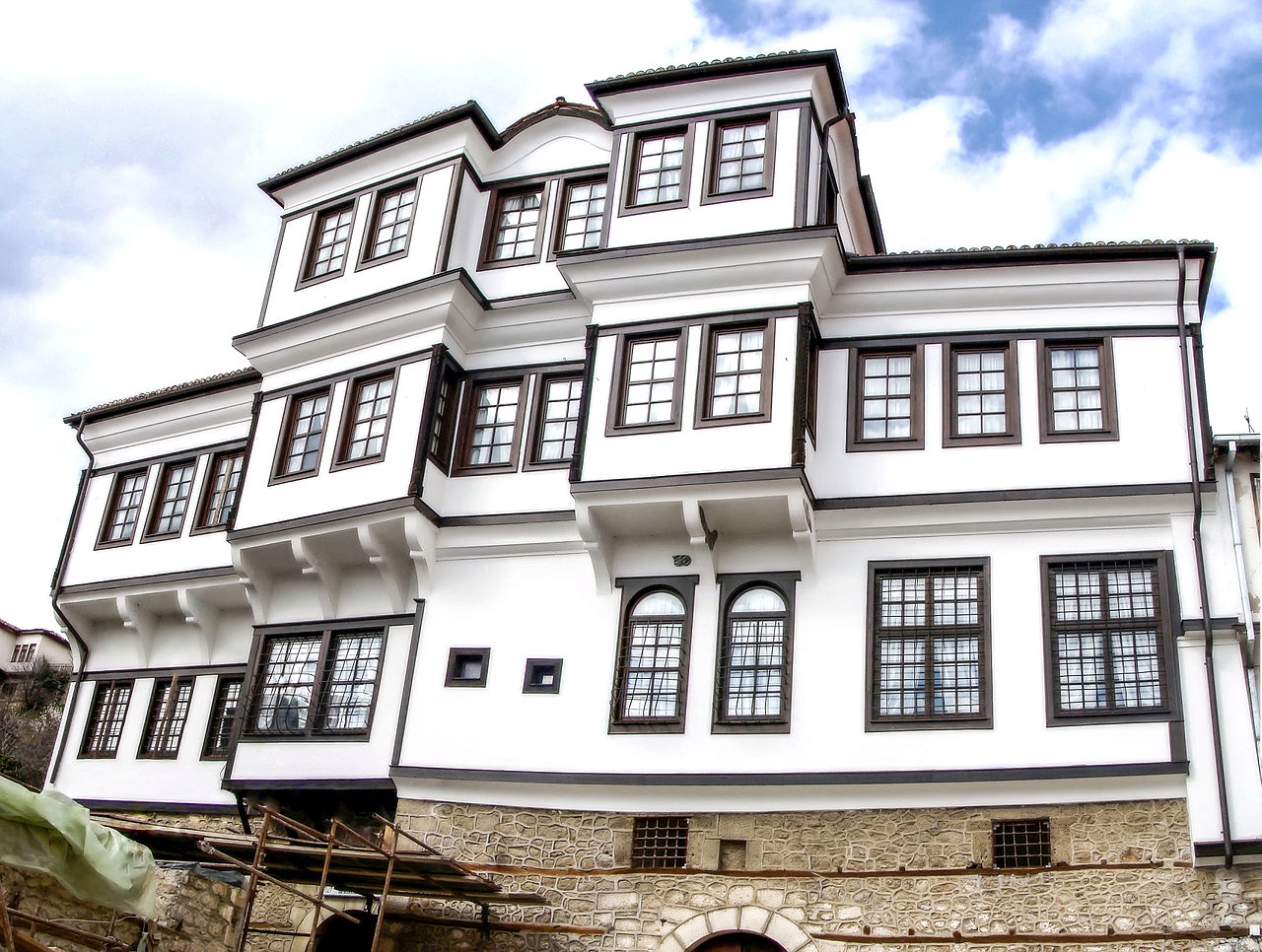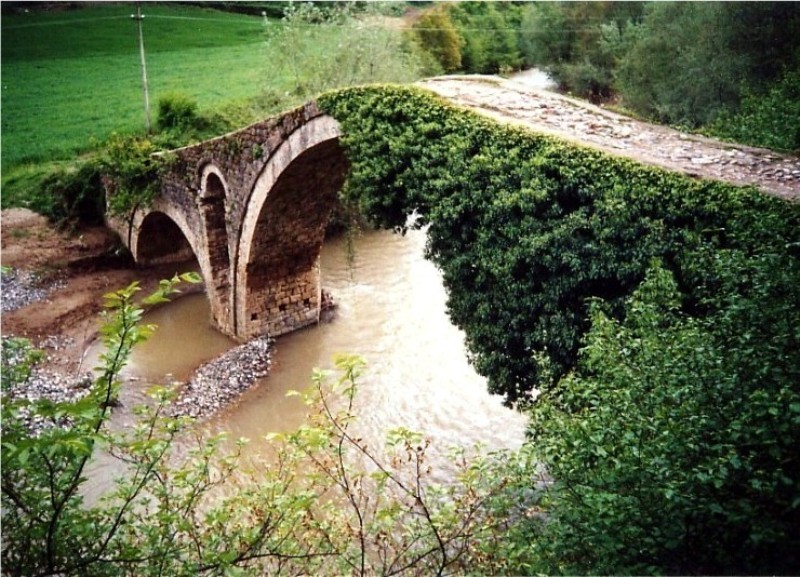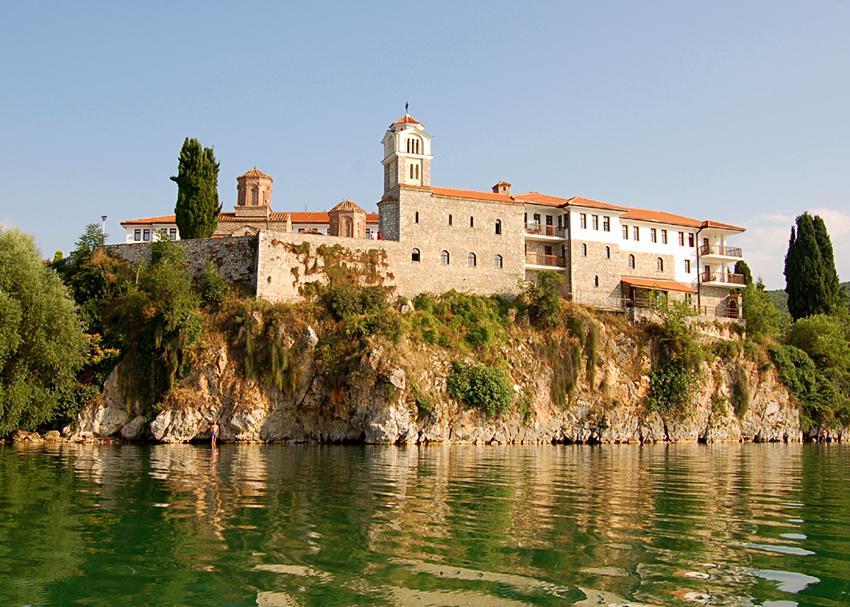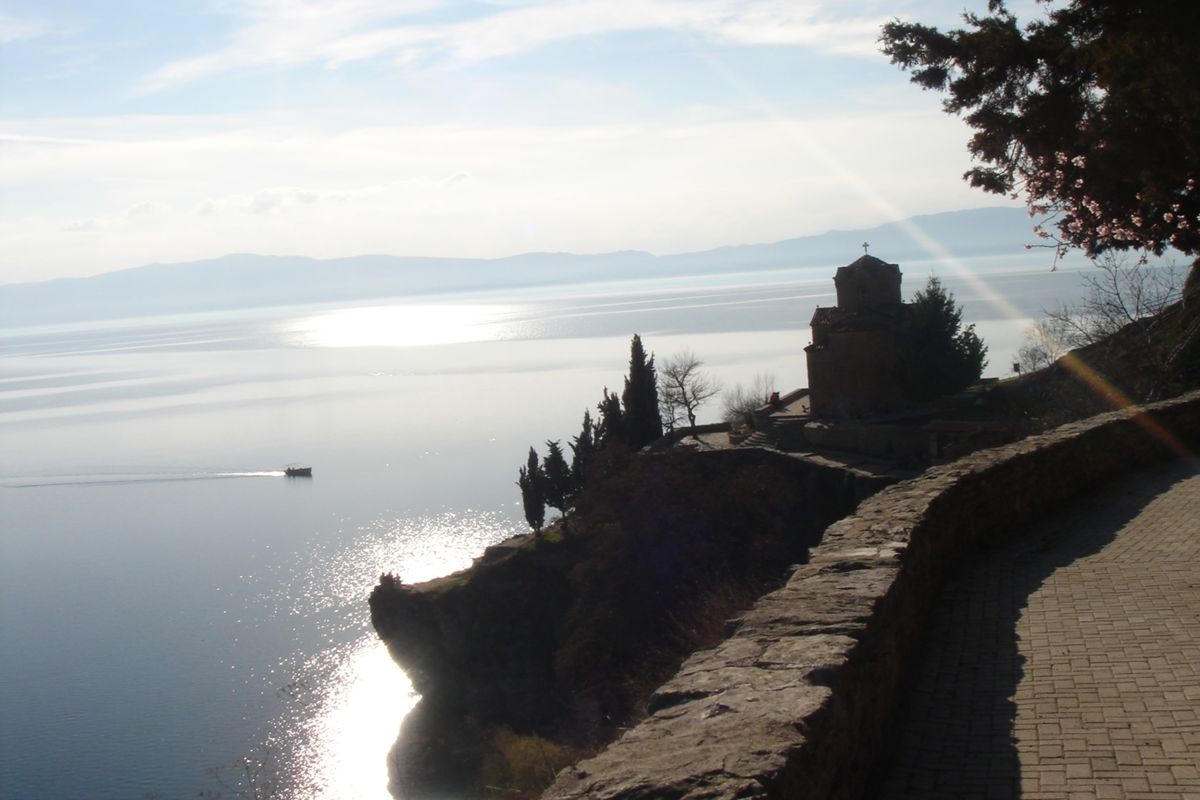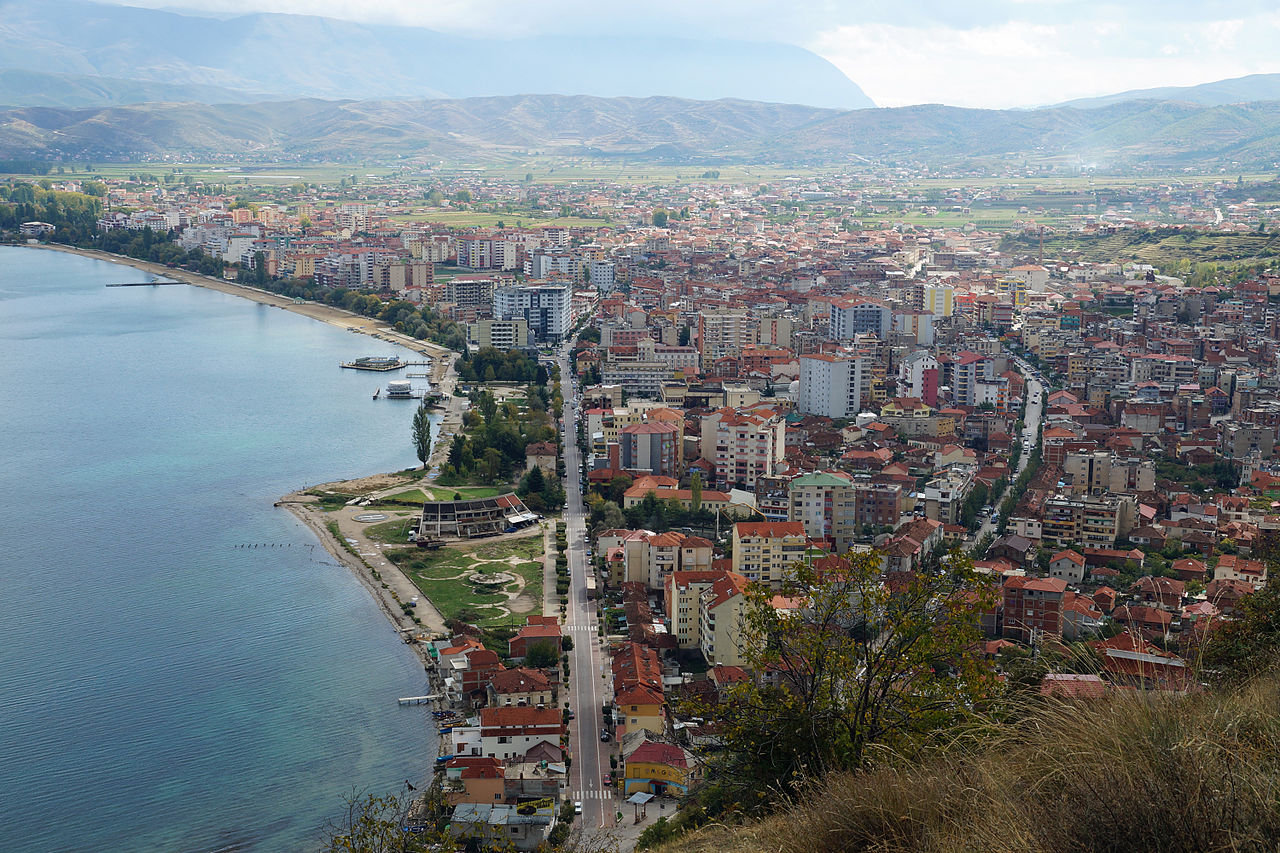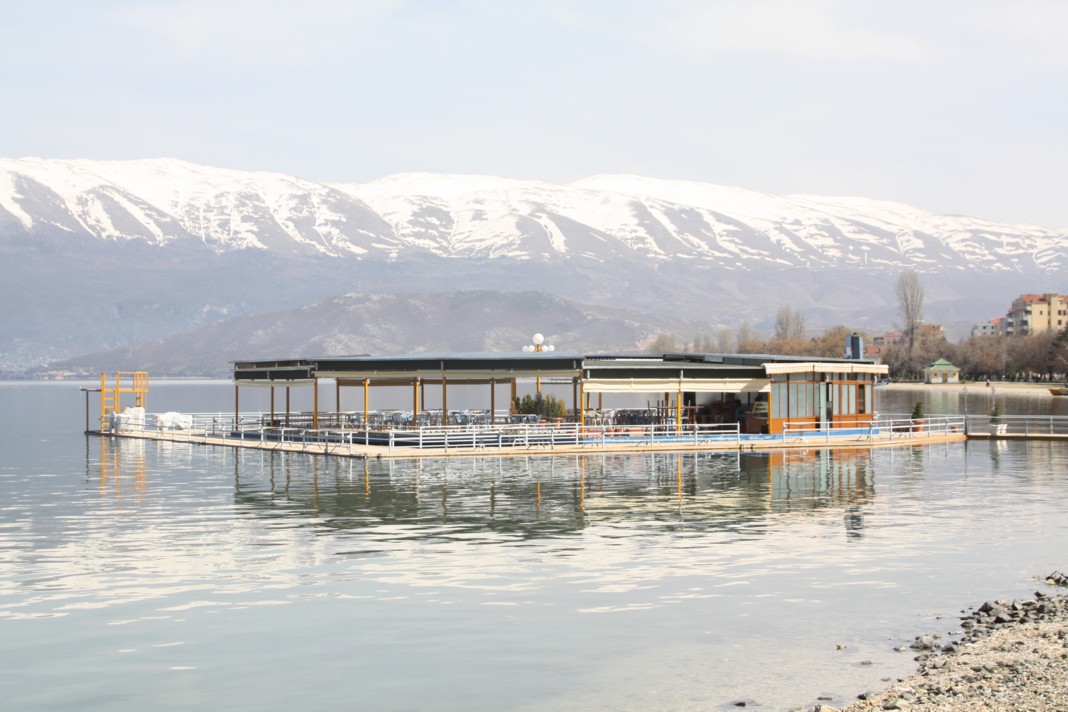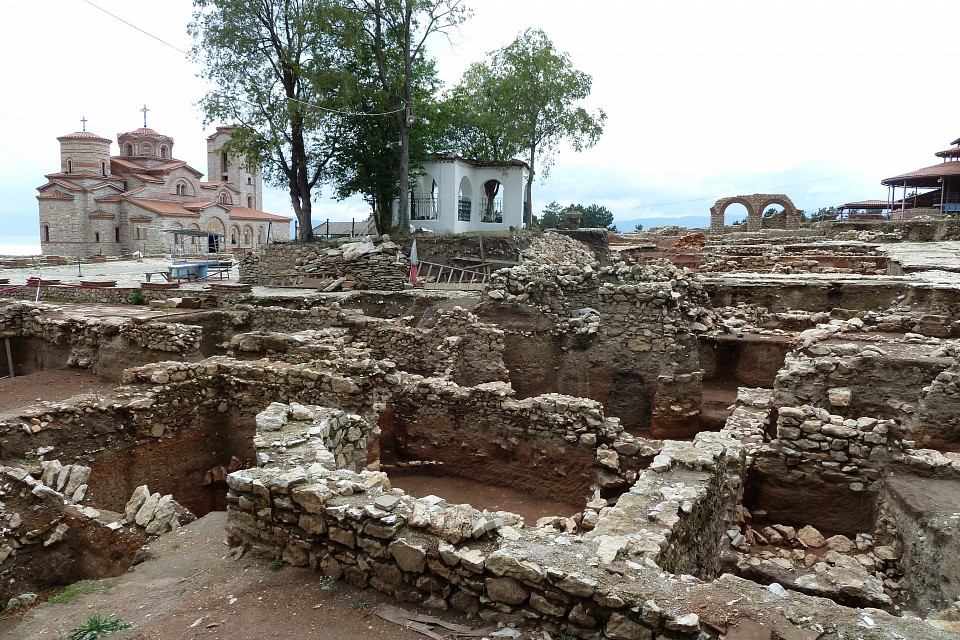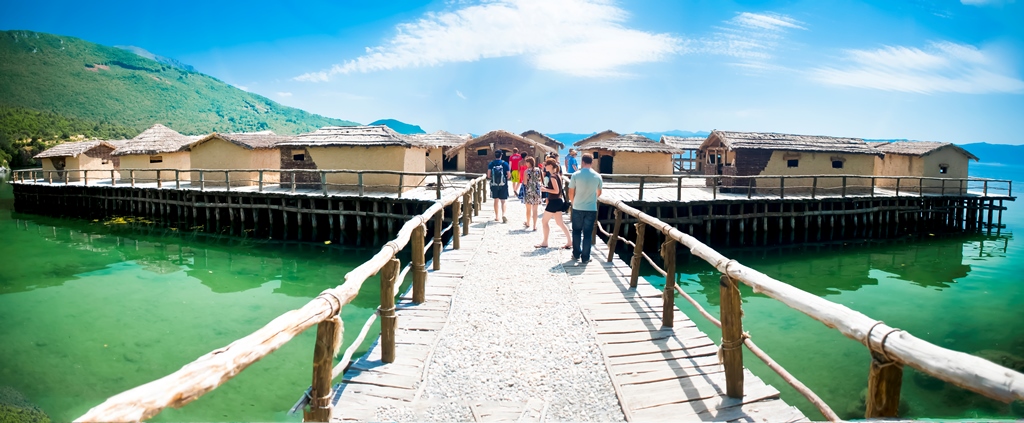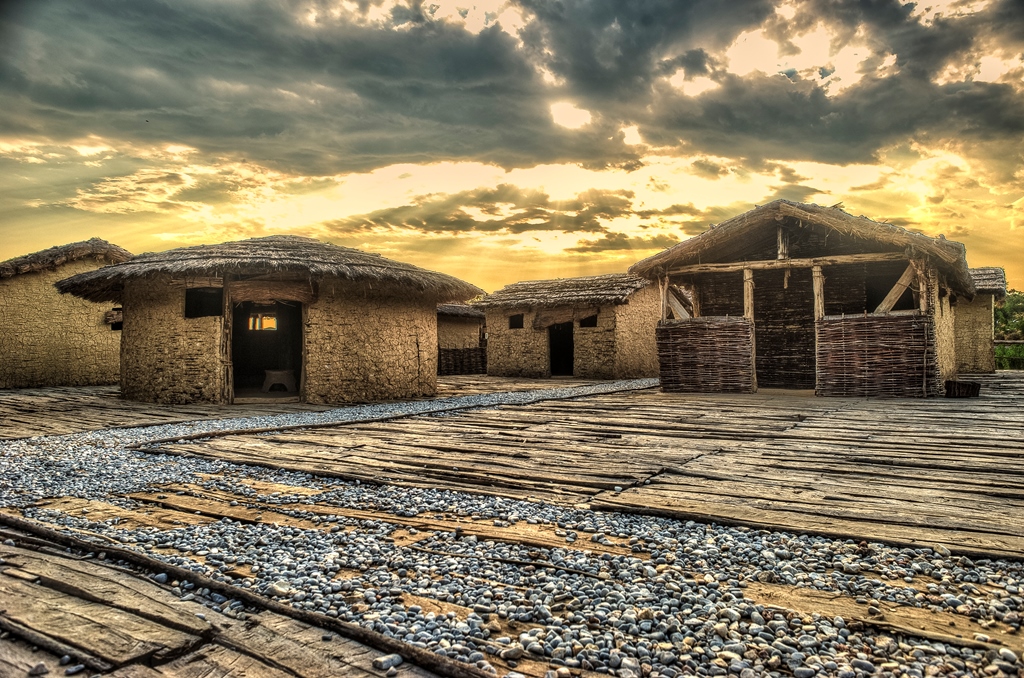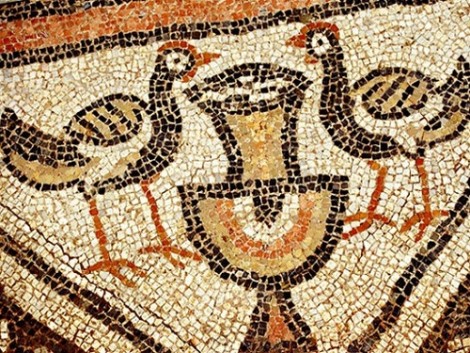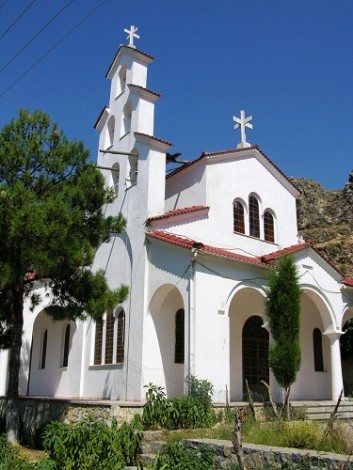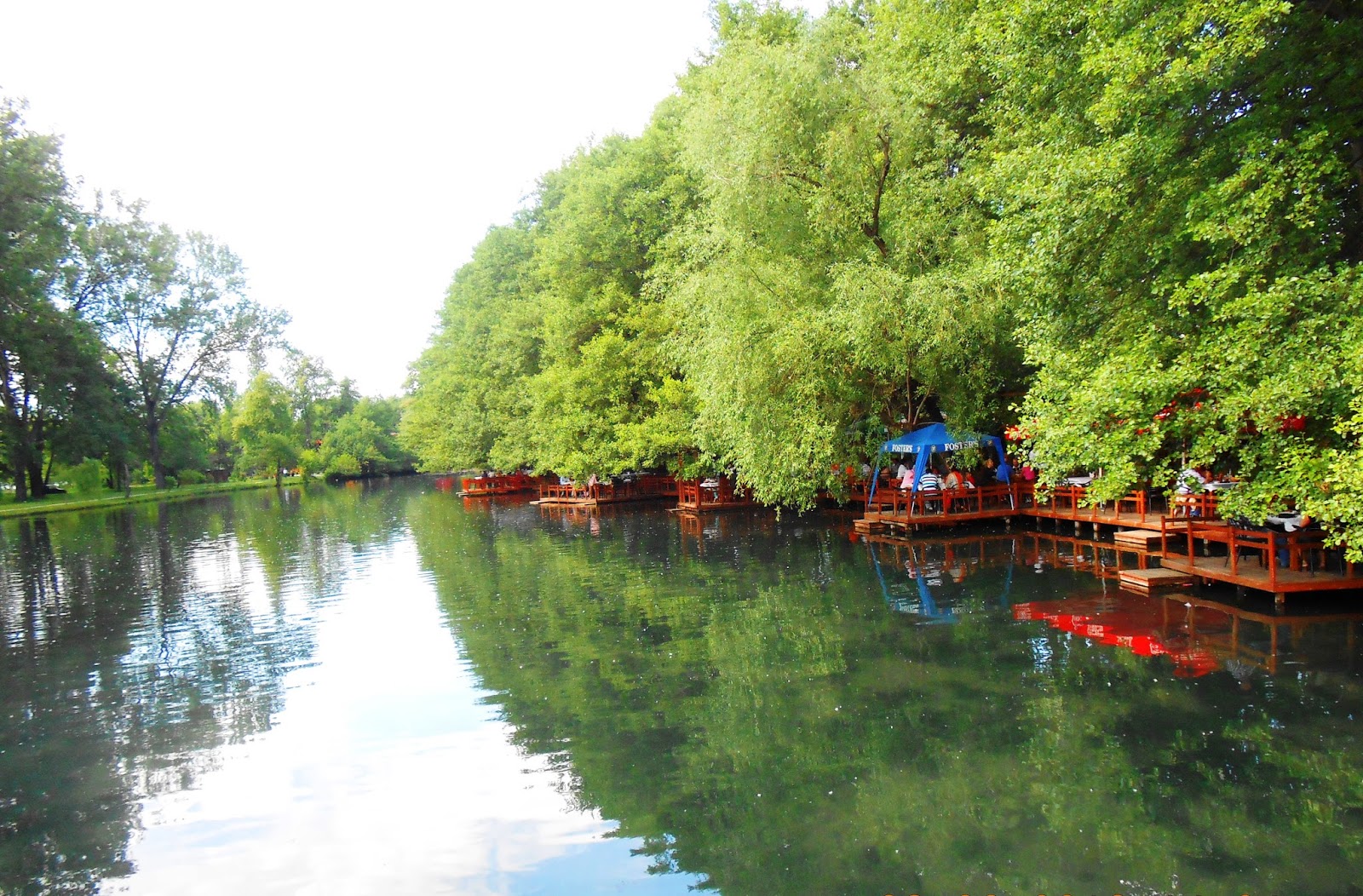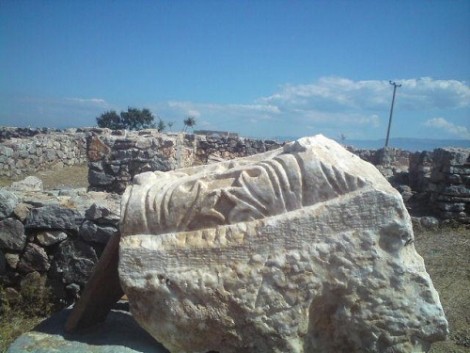The Lake Ohrid straddles the mountainous border between Southwestern North Macedonia and Eastern Albania. It is one of Europe’s deepest and oldest lakes (with more than 3 million years of life) preserving a unique aquatic ecosystem that is of worldwide importance, with more than 200 endemic species. The importance of the lake was further emphasised when it was declared a World Heritage Site by UNESCO in 1979. In 2014, the Ohrid-Prespa Transboundary Reserve between Albania and North Macedonia was added to UNESCO’s World Network of Biosphere Reserves. The towns situated at the lakeside are Pogradec in Albania, along with Ohrid and Struga in North Macedonia. The lake is otherwise densely surrounded by settlements in the form of villages and resorts in both basin countries.

In the city of Ohrid you will find churches galore (it is believed that Ohrid once had 365, one for every day of the year) as well as a medieval fortress, an ancient theatre, Ottoman architecture and fine cobbled streets. At the end of the 9th century, Ohrid was considered an important centre for religion, literacy and Slavic culture.
If you have ever seen an image of North Macedonia, it will almost certainly be of the cute little church of St John at Kaneo (Jovan Kaneo) (built in 13th century), perched on a clifftop with the cerulean shimmer of Lake Ohrid twinkling behind it.
Ohrid’s grandest church, 11th century St. Sofija is supported by columns and decorated with elaborate, if very faded, Byzantine frescoes, though they are still well preserved and very vivid in the apse. Its superb acoustics means that it’s often used for concerts. To one side of the church there’s a peaceful, manicured garden providing a small oasis of green in the heart of the Old Town.
Plaošnik – Saluting the lake from Ohrid’s hilltop, Plaošnik is home to the multi-domed medieval Church of St. Clement and Pantaleon (Kliment and Pantelejmon), the foundations of a 5th century basilica and a garden of intricate Early Christian flora-and-fauna mosaics. The central church was restored in 2002; though it lacks the ancient wall frescoes of many other churches in North Macedonia, it is unusual in having glass floor segments revealing the original foundations and framed relics from the medieval church, which dated to the 9th century.
Ohrid Fortifications – The whole old town is circled with walls, which are crowned with King Samuel (Samuil) fortress. The first fortifications were built in the 5th century BC, but the oldest remains preserved are from 3rd century BC. The fortifications were reinforced many times throughout history and what we see today is from the 10th century. There used to be four gates inside the city: the Lower Gate – you’ll reach it soon after you walk from the main square inside the old part of the town on Car Samuel Street. It used to be the gate through which regular visitors entered the city in the ancient and medieval times, just one tower of it still stands; the Upper Gate – in ancient times it used to be connected with the theatre by a portico and is well preserved due to the reinforcements made in the 16th century; the Front Gate – near St. Mary’s (Bogorodica Čelnica) Church, it was the main entrance gate and today is just in traces; the Water Gate – the entrance in the city from the lake, whose location remains unknown.
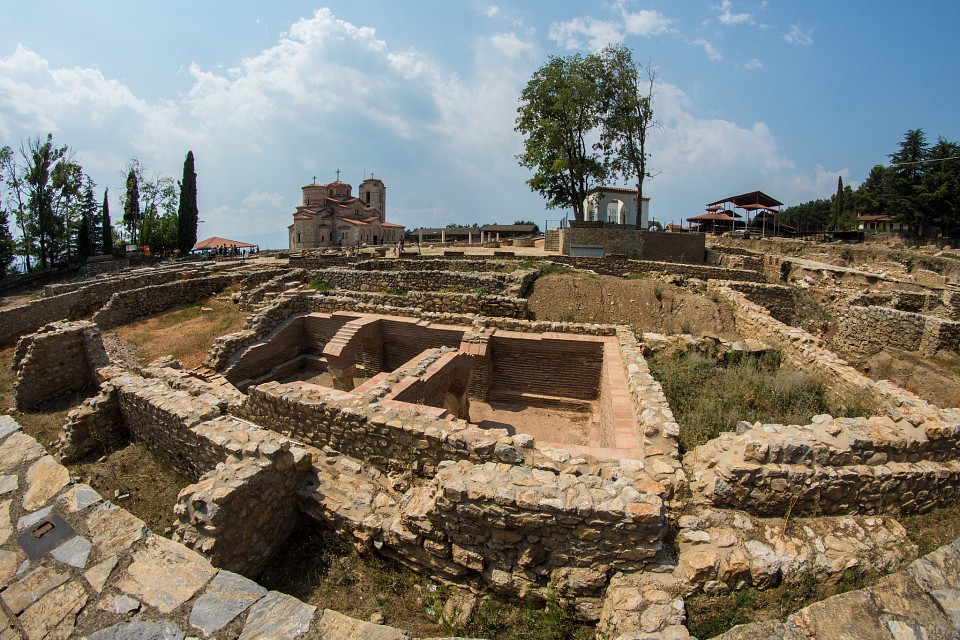
The Church of St Mary Peribleptos (Bogorodica Perivlepta), located just inside the Upper Gate, was built in the 13th-century Byzantine, whose name translates as ‘Our Lady the Most Glorious’ has vivid biblical frescoes and superb lake and old town views from its terrace. There’s also an icon gallery highlighting the founders’ artistic achievements.
The open theatre is the only visible monument from ancient times. It is also the only Hellenistic theatre in North Macedonia, the other three are from the Roman times. Only the lower section of the theatre is preserved and it is not known how many people it seated since the upper section is missing.
The Robevci and Uranija houses are the two best examples of traditional architecture. They were houses of very rich families (normally the houses were not this big). Especially rich in terms of architecture is the Uranija house, with entrances on different levels and inside galleries. They have been turned into museums today. If you don’t have time, visit just Uranija this one is free, even though the top level of the Robevci one has great views, nice wood carvings, and some furniture.
Hand-made paper national workshop – Ohrid has been printing paper since the 16th century and this museum-cum-shop has one of only two copies of the Gutenberg Press in the world. Staff are on hand to give a demonstration of the paper-making process (in excellent English) and the teeny museum also sells handmade paper products such as pretty gift bags and notebooks.
Around the lake, a Bronze Age stilted village has been reconstructed on its shores, the Bay of Bones Museum, built on stilts over the water. Next to this settlement, if you are brave enough to gear up and go down deep underwater on a thrilling journey, you will discover a new world within the depths of Lake Ohrid. On the 8 meter depth you will get to visit the archaeological site, to examine items and remains that are over 3000 years old. Besides the archaeological diving trip, the sight of the beautiful aquatic life is truly breath taking.
Ostrovo is the largest karstic spring in the monastery of St. Naum, in the southern coast of the Lake Ohrid. Here on an area of 0.342 km² appears more than 15 springs with a total capacity of 11 m³. Also, at the bottom of the water basin appear more sub-lacustrine sources. The springs of St. Naum are a natural beauty that no one is indifferent to.
The Black Drim in Struga is one of the few rivers in the world that emerges/springs from a lake. It flows out of Lake Ohrid and merges with the White Drim in Kukes to form the Drin, which flows into the Adriatic Sea. The bridges on the Black Drin are hosting the International Struga Poetry Evenings every August and poets from all over the world are reading their poems on this exceptional place.
Jablanica is the home of the country’s national symbol, the Balkan lynx, a strictly protected species that is on the edge of extinction in the region. Also this mountain is famous for its large number of endemic species of plants and five glacial lakes (protected under the National Law for Nature Protection).
Due to its natural beauty and specific flora and fauna in the forests and nearby areas, Galichica was proclaimed as national park in 1958. It is the smallest of the three parks in North Macedonia and borders the eastern side of the lake. Galichica is positioned between the two lakes – Ohrid and Prespa and has interesting geomorphological shapes (deep valleys, various types of karst forms, and glacial relief forms).
The most attractive, symbolical and historical location in the entire catchment are the springs of Driloni (AL). They are located near Pogradec. Driloni springs complex is a delightful park set around the ponds where crystal-clear water originating from Lake Prespa bubbles up from the side of Mali i Thate at an amazing quantity of 7 m³ per second. Some years ago it was a lovely place for all generations, particularly for the higher political elite.
The springs of Tushemisht and village assemble – Tushemisht is located in the walking distance from the Driloni springs complex zone. It is known in the entire area for the great number of streams flowing under the village houses from the hills surrounding the lake. The village does offer a variety of possibilities including high class accommodation, old 19th century churches, a quiet lakeside area, strolling paths, characteristic bridges and bird life. Tushemisht has a special history because both King Zog and the former dictator of Albania, Enver Hoxha, who enjoyed his summers in this special place. You can visit his house, now converted into a hotel and restaurant with fine local and continental cuisine!
The lakeside village of Lin is a charming opportunity to see Lake Ohrid life from a traditional perspective. Winding streets, lined with old style stone, wooden and brick houses, lead to the site of an ancient basilica with 8 colourful mosaics showing fish, water birds and bees, dating from the 5th century. The Byzantine church ruins, under World Heritage protection, have a modern cover constructed to keep the treasures from further deterioration while awaiting further excavations. The Lake Ohrid and mountain vistas from the top of the hill are outstanding!
Five ancient tombs and monuments dating from the 4th Century B.C. are found in Selca, site of the ancient settlement of Pelion (where the Illyrian King Klit dwelled). Other remains date from the Bronze Age up to the middle of the 6th century A.D. including Ionic treasures, bronze and pottery objects, weapons and golden pieces. You will feel that you’ve discovered a lost treasure when you visit this important location!
The Golic Bridge spans the wild River Shkumbin and dates back to the 17th century. This old double-span stone structure is situated along the ancient Egnatia Road, near Golic, which is a charming village in the heart of the Mokra region. Along the road to Golic, you will enjoy breath taking views of waterfalls and mountain scenery from deep valleys. In taking this trip, you will trace the steps of many ancient people, who over the centuries walked, defended, and travelled through the region!
The River Shkumbin is one of the longest rivers in Albania with very clear water that flows through a stunning scenery. The river has its headwaters near Guri i Topit on the Mountain Mokra, district of Pogradec and flows to the Adriatic Sea. Different kinds of fish, with trout among them, live in its waters, which makes possible sport fishing while some parts of the river are suitable for boat or raft drifting.
Potkozhan is a very interesting village in the district of Pogradec. The houses are very beautiful, made of stone and roofed with stone tiles. The streets among them are narrow and paved with cobble stones, while grapes and mulberries climb the walls and hang over the streets. The hospitable people of the village offer accommodation for tourists in their houses and tasty home-made food according to various local specialties. Around the village, it is church of St Paraskeva (Petka), known as Shen Premte among the local people, by which there is a graveyard with beautifully engraved stone crosses.
The medieval church of Shen Bitri, as the locals use to call this St. Demetrios’ church, is several hundred meters away from the village Potkozhan. This small stone building, roofed with stone tiles is very unique because of its two apses on the eastern side and very specific wall painting in its interior. Although the frescoes are damaged, you can still admire the beauty and mystery of the saints pictured on its walls.
The church and monastery of Saint Marena is situated at the north of the village of Llenga, district of Pogradec, with a dominated position on the slope of the mountain. The church is a small building, 12 to 8 meters. The altar is separated from the nave with a wooden iconostas 6m wide and 4m high. The icons are engraved and polychromed with floral motives. All the interior of the church is covered with frescoes.
In addition, Lake Ohrid is also famous for several species of fish – the endemic pink-fleshed Ohrid trout and another one, called plašica, with scales that can be turned into beautiful ‘pearls’ – a technique known only to two local families, who jealously guard the secret of how it is done.
In addition to this beautiful and breath taking locations you can also try scuba-dive, kayak, hiking, paragliding, caving and more.
Or you can simply enjoy in restaurants and cafés located at the waterfront or relax on the small beaches.
Wherever you go, it is certain that the lake views, its quiet crystal clear water and green mountains surrounding, together with the great hospitality of the local people, will make you feel amazing!



